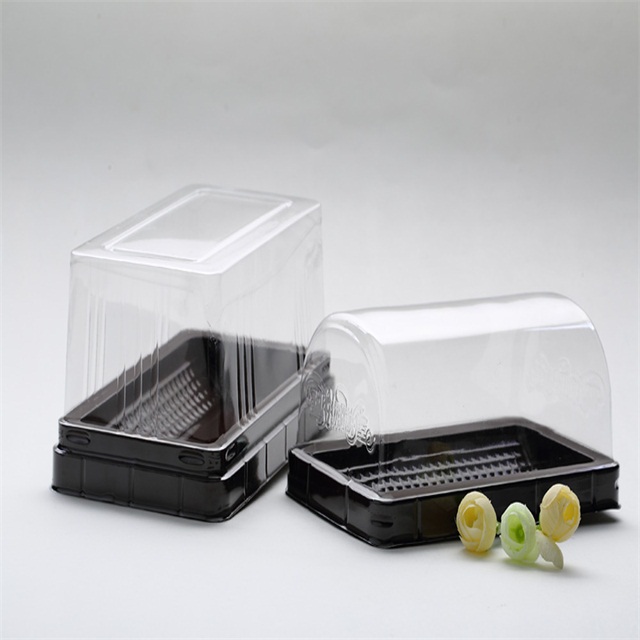Activated carbon is an amorphous carbon, which is composed of a plurality of graphite-like layered crystallites irregularly assembled, has crystal defects, and has a large specific surface and porous structure. According to its raw material classification, it can be divided into coal-based activated carbon, wood charcoal, nut shell charcoal and bone charcoal; according to its form, it can be divided into columnar carbon, broken carbon, powdered carbon and fibrous activated carbon. The main raw material of activated carbon is carbon, organic materials such as coal, wood, and husk, which are activated to form a complex pore structure with adsorption capacity. The pores having a radius greater than 20,000 nm are large pores, 150-20000 nm are mesopores, and less than 150 nm are micropores. The adsorption of activated carbon mainly occurs on these voids and surfaces. A large number of molecules on the pore walls of the activated carbon can generate strong gravitational force to attract impurities in water and air into the pores.
The adsorption of activated carbon can be divided into physical adsorption and chemical adsorption. Physical adsorption occurs mainly in activated carbon-rich micropores for the removal of impurities in water and air. The molecular diameter of these impurities must be smaller than the pore size of activated carbon. Different raw materials and processing techniques result in different microporous structures, specific surface areas and pore sizes of activated carbon, which are suitable for different needs. The activated carbon contains not only carbon but also a functional group on its surface, which chemically reacts with the adsorbed substance, so that the adsorbed substance often occurs on the surface of the activated carbon. The impurities in the medium continuously enter the porous structure of the activated carbon through physical adsorption and chemical adsorption, so that the activated carbon is saturated and the adsorption effect is decreased. The activated carbon after adsorption saturation needs to be activated and regenerated, and its adsorption capacity is restored and reused. The adsorption performance indexes of activated carbon are mainly methylene blue value, iodine value and caramel adsorption value. The larger the adsorption capacity, the better the adsorption effect.
Different kinds of Food Blister. Packaging boxes for fast food, food take away.
Different shapes according to different usage requirements.
light weight, convenient transportation, good sealing performance, in line with the requirements of environmental protection and green packaging; Can pack any special-shaped products, packing without additional cushioning materials; The packaged products are transparent and visible, beautiful in appearance, easy to sell, and suitable for mechanization, automatic packaging, convenient for modern management, labor saving, improve efficiency

Blister Packaging,Clamshell Blister,Plastic Blister Packaging,Clamshell Blister Packaging
taicang hexiang packaging material co.,ltd , https://www.medpackhexiang.com